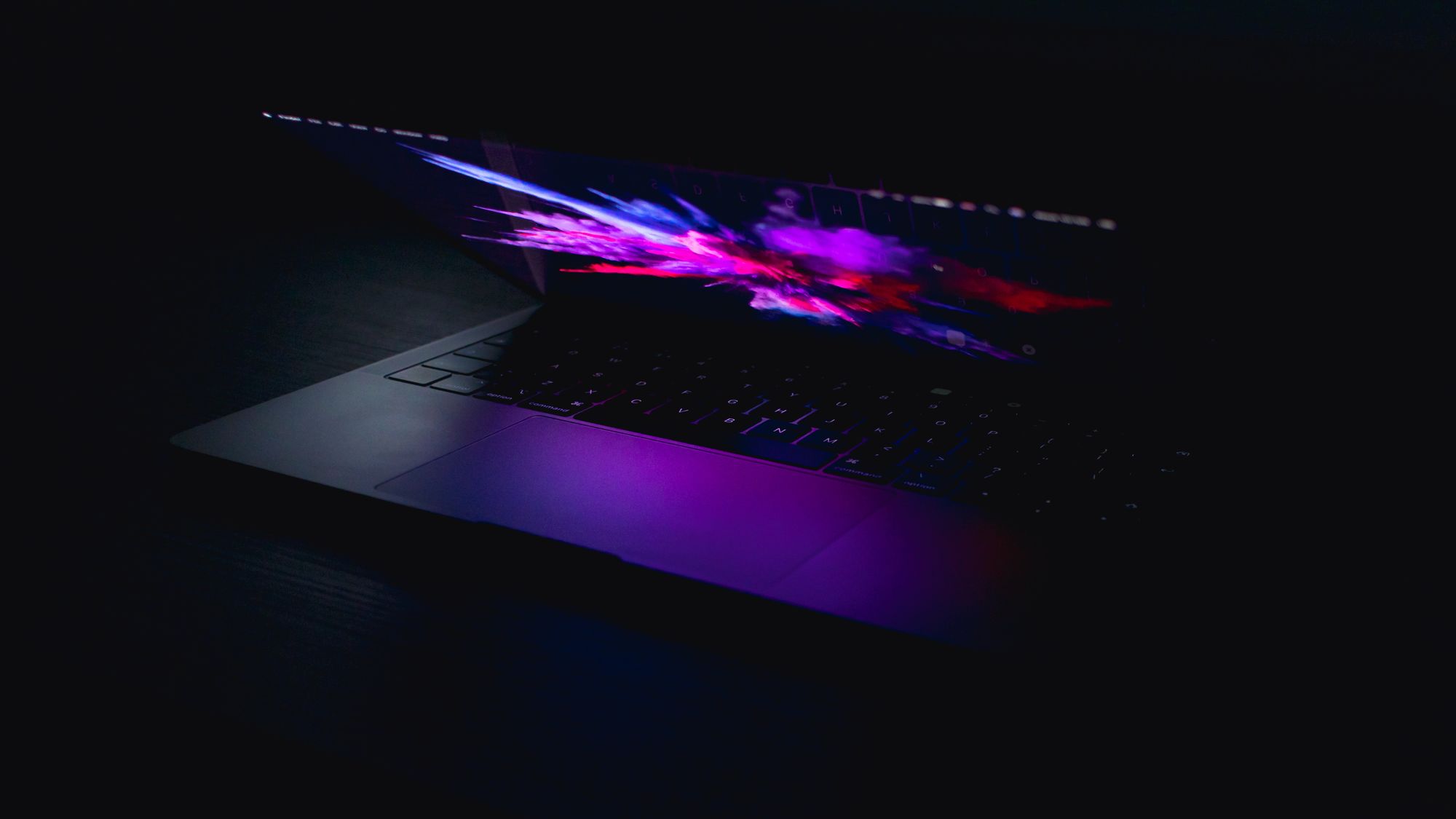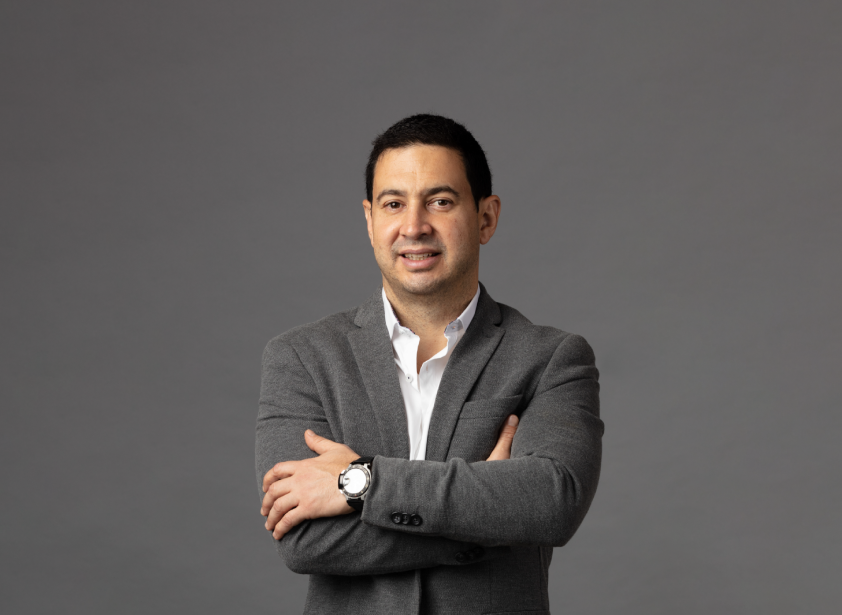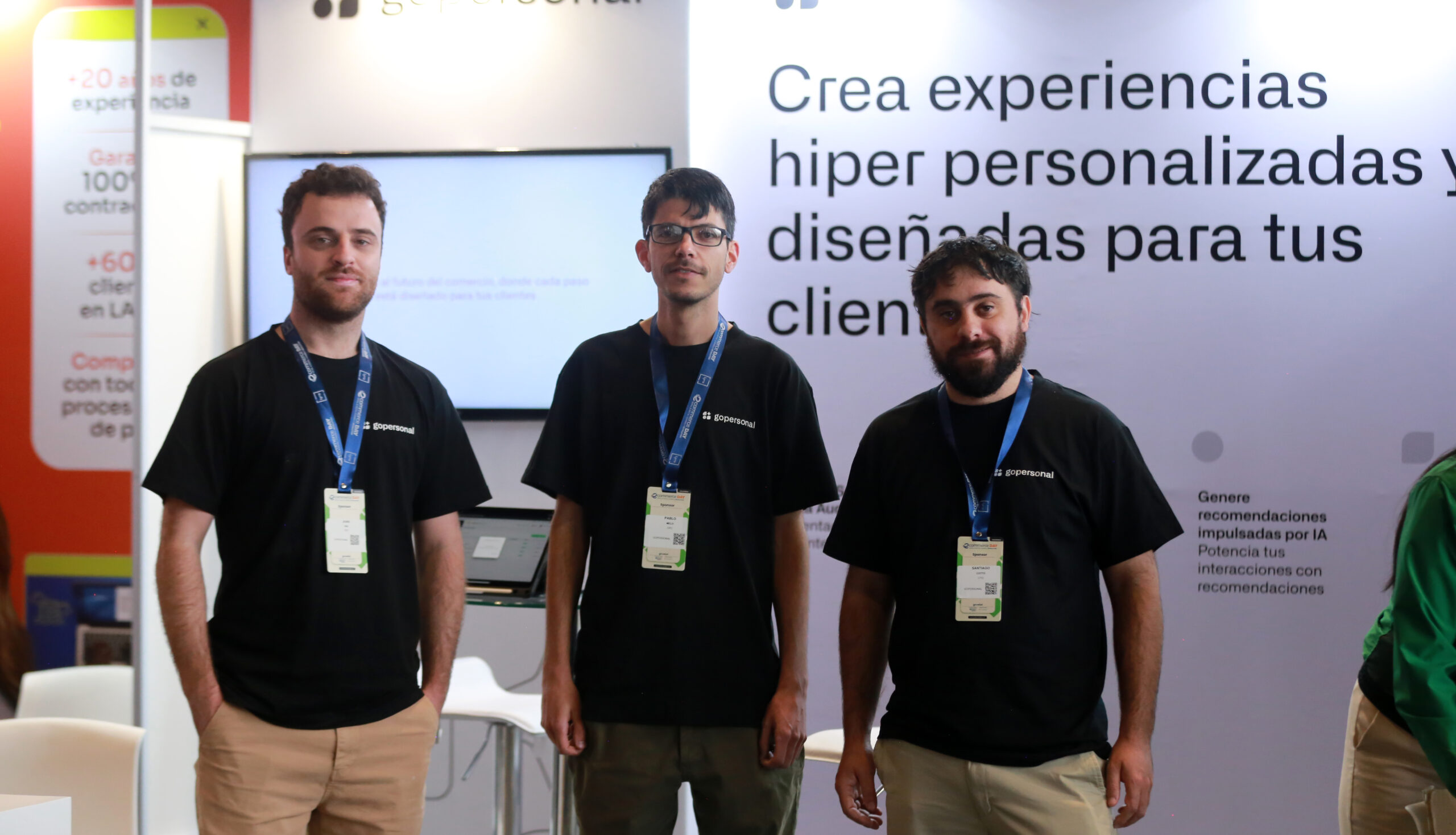Minimum Viable Product (MVP) is a concept that has been around for quite some time now. It is a product development strategy that involves creating a basic version of a product with only the essential features needed to satisfy early adopters. MVPs are designed to be released quickly and at a low cost, allowing startups to test their ideas and gather feedback from customers before investing too much time and money into a product that may not be successful.
Many successful startups have used the MVP approach to create products that have gone on to become household names. For example, Dropbox, Uber, and Airbnb all started as MVPs. By starting with a basic product and iterating based on user feedback, these companies were able to create products that met the needs of their customers and grew into successful businesses.
In this article, we will explore some of the most successful MVP examples in recent years. By examining how these companies approached product development, we can learn valuable lessons about how to create successful products that meet the needs of customers. Whether you are a startup founder or a product manager at an established company, understanding the MVP approach can help you create products that are more likely to succeed in the marketplace.
What is a Minimum Viable Product?
A minimum viable product (MVP) is a version of a product that has just enough features to satisfy early customers and provide feedback for future development. It is a strategy used by startups and businesses to quickly and cost-effectively test their product ideas in the market.
The idea behind an MVP is to build a product with the minimum set of core features that solves the user's need and delivers value. By releasing a bare-bones version of the product, the team can gather feedback from early adopters and make informed decisions about future development.
The MVP approach is based on the lean startup methodology, which emphasizes rapid experimentation, customer feedback, and iteration. It is a way to test assumptions and validate ideas before investing significant time and resources into a fully-featured product.
When creating an MVP, it is important to focus on the core value proposition of the product and prioritize features that are essential to delivering that value. The goal is to get the product into the hands of customers as quickly as possible, gather feedback, and iterate based on that feedback.
Why is an MVP important?
Minimum Viable Product (MVP) is a crucial step in the product development cycle. It is an initial version of the product that has enough features to attract early adopters and validate the product idea. The MVP approach helps startups and businesses save time, money, and resources by avoiding the development of unnecessary features that may not be useful to the end-users.
One of the key benefits of an MVP is that it allows startups and businesses to test their product idea with real customers and receive feedback as quickly as possible. This feedback can be used to refine and improve the product, ensuring that it meets the needs of the target audience.
Another reason why an MVP is important is that it enables startups and businesses to validate their business model. By launching an MVP, startups can test their assumptions about the market, customer needs, and revenue streams. This helps them to identify potential issues early on and make necessary adjustments before investing more resources into the product development process.
MVP's helps startups and businesses to stay focused on the core features of the product. By launching an MVP with only the essential features, startups can prioritize their resources and avoid getting bogged down in unnecessary details. This approach helps them to build a product that is simple, easy to use, and meets the needs of the target audience.
An MVP is an essential tool for startups and businesses looking to develop successful products. It enables them to test their product idea, validate their business model, and stay focused on the core features of the product. By launching an MVP, startups can save time, money, and resources, and increase their chances of success in the market.
MVP Examples
Many successful startups have used the MVP approach to validate their business ideas and build a loyal customer base. Here are some examples of startups that started with a minimum viable product:
Zappos
In 1999, Nick Swinmurn identified the potential of online shoe sales and decided to test his idea. Instead of creating a complete eCommerce store like many other entrepreneurs, he took a clever approach. He registered Shoesite.com and uploaded pictures of the shoes he intended to sell on the website.
Whenever a customer placed an order, Nick purchased the shoes from a traditional store and shipped them to the customer. Despite starting with no inventory, Shoesite.com eventually became Zappos and was acquired by Amazon for $1.2 billion in 2009. This was a remarkable achievement indeed.
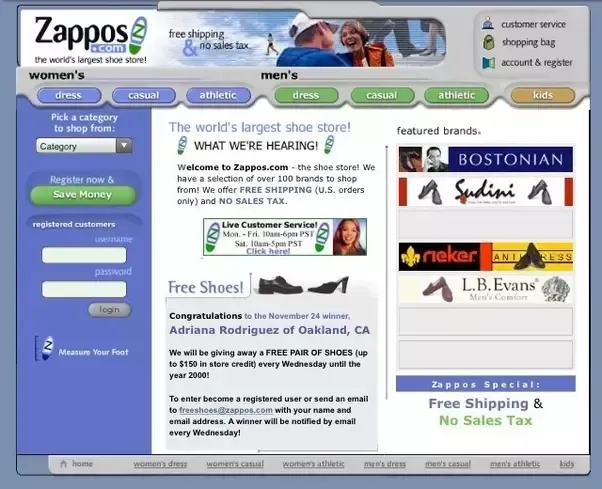
Amazon
Most people know that Amazon began as an online bookstore. You may be unaware, though, that Jeff Bezos started out by buying books from distributors and shipping them to customers every time his online store received an order. The high book sales meant it made sense to keep adding more products to the store, then acquire warehouses, and finally provide each user with a personalized experience on the website.
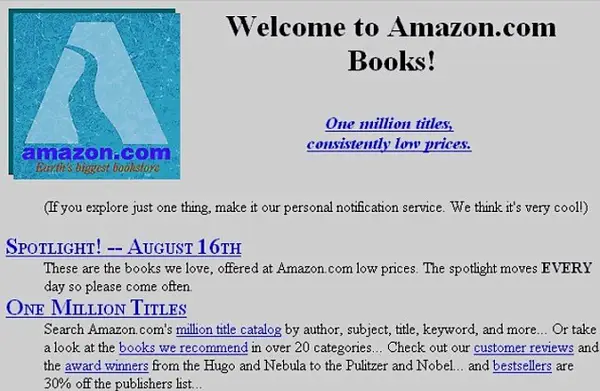
Airbnb
Before Airbnb, came AirBed&Breakfast. Literally an Airbed, and breakfast (free wifi too). Their MVP didn't include a robust website or options to select multiple dates, locations or prices. They targeted a single demographic: tech conference attendees at a single sold-out conference. They only needed to confirm that a sufficient number of people were willing to rent an airbed in their living room. They ended up finding three, who each agreed to pay $80 per night.
Over time, they focused on building trust between hosts and guests and providing exceptional customer service. Today, Airbnb has over 7 million listings in over 220 countries and is one of the most successful travel companies in the world.
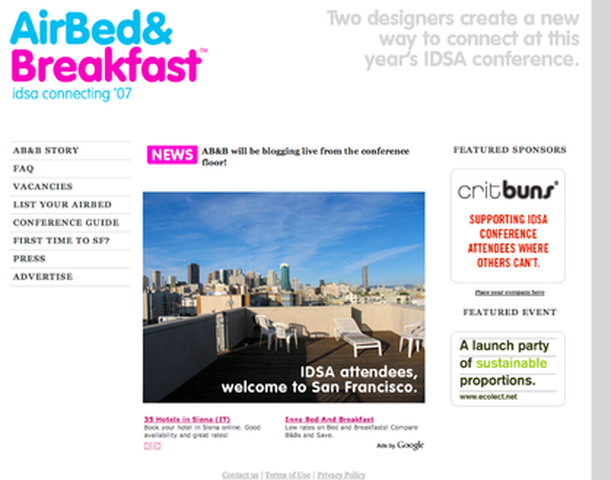
Dropbox
When Drew Houston and Arash Ferdowsi founded Dropbox, they started with a minimum viable product that allowed users to store and share files in the cloud. They didn't invest in expensive hardware infrastructure, but instead focused on building a simple and reliable software solution that solved a real problem for users. Today, Dropbox has over 600 million registered users and is one of the most successful cloud storage services in the world.
The challenge was that it was impossible to demonstrate the working software in a prototype form. The product required that they overcome significant technical challenges. So, to avoid the risk of waking up after years of development with a product nobody wanted, they did something unexpectedly easy: they made a video.
The video did a very simple thing: explained the problem, showed the solution, and asked people to register their details if they were interested. Their beta waiting list went from 5,000 people to 75,000 people literally overnight.
Instagram's MVP allowed users to upload a photo, apply a filter to it, and share it with their friends. That's it.
Now, at the time, there were other photo editing apps, as well as photo sharing apps. Instagram saw their unique selling point as the seamless combination of both. Edit, and share, all in one app. Today, Instagram has over 1 billion monthly active users and is one of the most popular social media platforms in the world.
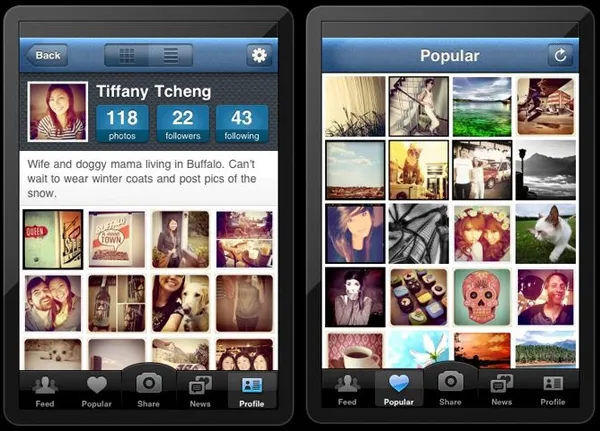
Uber
Uber started life as an MVP back in 2009 under the name of ubercab. The ride-hailing platform started with a minimum viable product that allowed users to book a ride from their smartphones. Uber was also an invitation-only service for New York and San Francisco residents, which kept the number of users manageable. They started with a small fleet of cars and a simple mobile app that focussed on only one thing; booking a ride.
While simple, Uber's MVP allowed the founders to validate their idea. More importantly, it also gave them valuable feedback that enabled them to iterate their app.
Today, Uber has over 110 million monthly active users and is one of the most successful ride-hailing companies in the world.

Key Takeaways
After reviewing successful Minimum Viable Product (MVP) examples, there are several key takeaways that startups can learn from:
- Focus on solving a specific problem for a targeted audience.
- Develop a simple version of your product with only the core features.
- Use customer feedback to guide future product development.
- Iterate quickly and frequently to improve the product and stay ahead of the competition.
- Have a clear business model and plan for monetization.
- Invest in marketing and user acquisition to build a strong user base.
Successful startups like Uber, Dropbox, and Airbnb all started with a simple MVP that addressed a specific problem for a targeted audience. They used customer feedback to improve their product and iterated quickly to stay ahead of their competition. By having a clear business model and investing in marketing and user acquisition, they were able to build a strong user base and achieve success.
The MVP approach can be a valuable tool for startups looking to validate their business idea and bring a product to market quickly. By following the key takeaways outlined above, startups can increase their chances of success and build a strong foundation for future growth.
